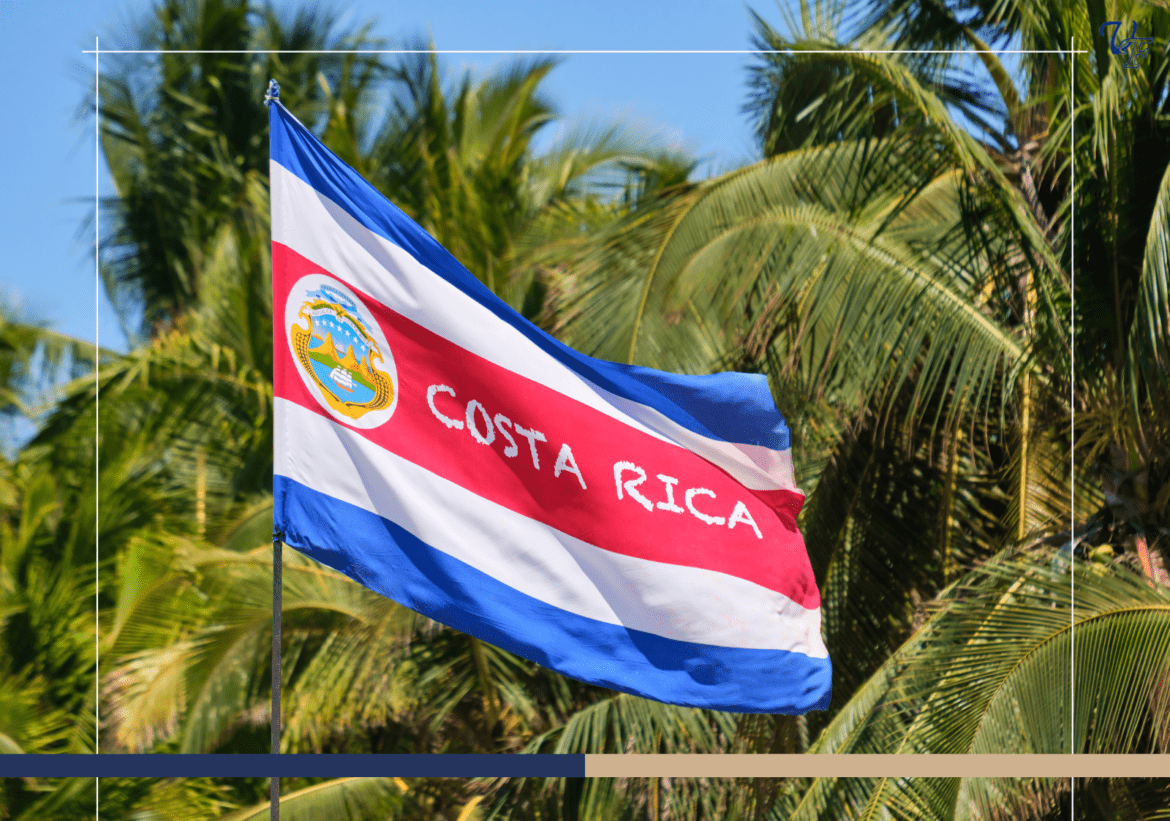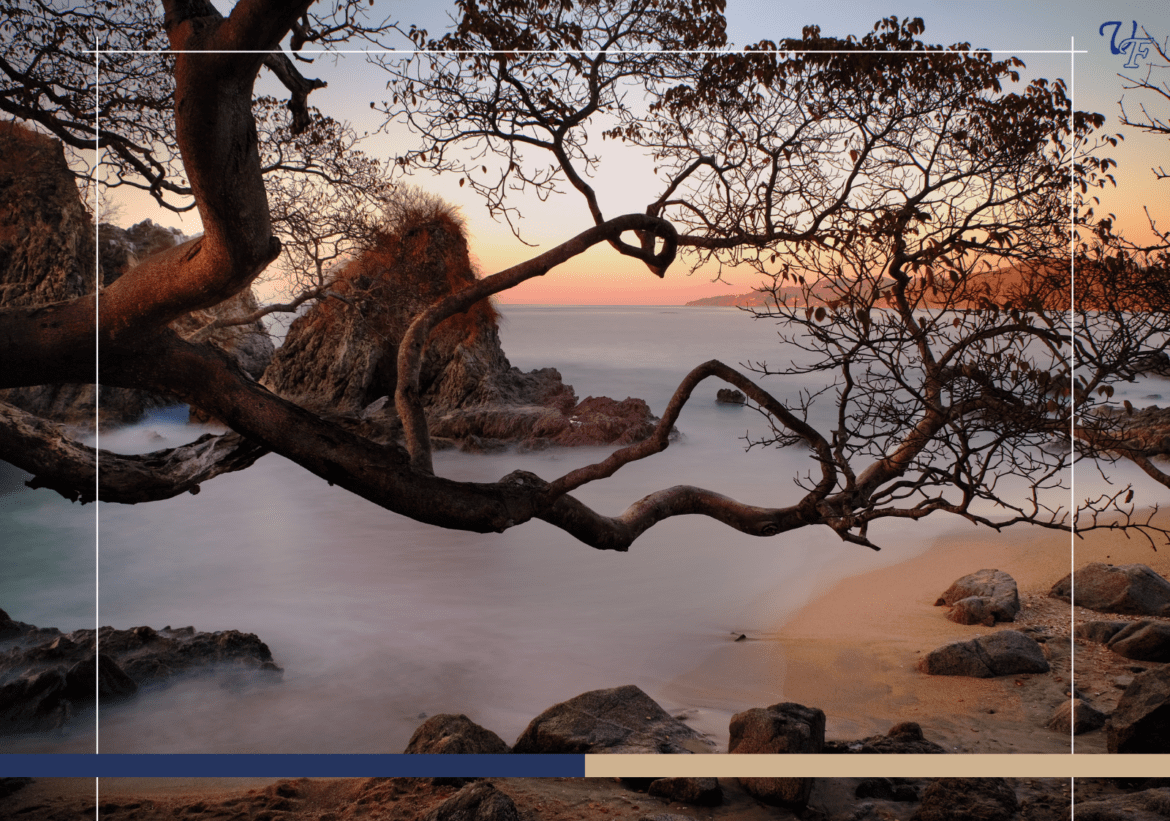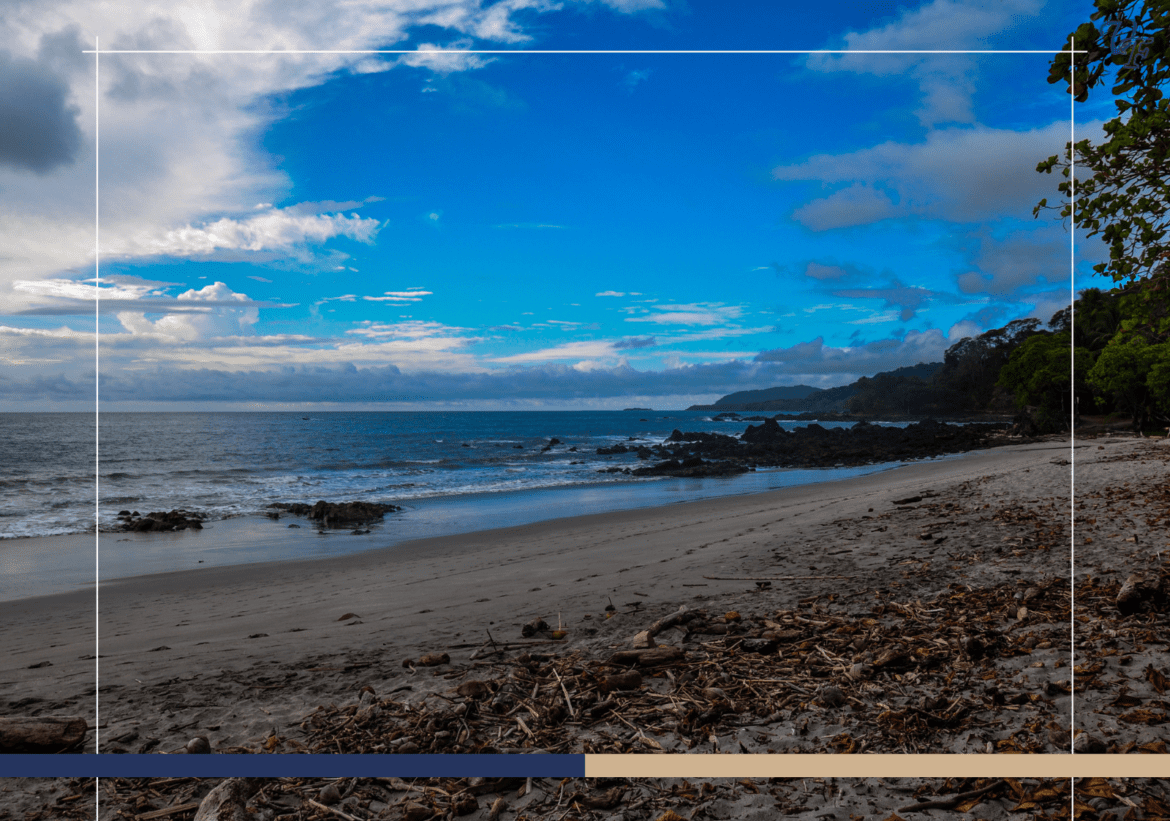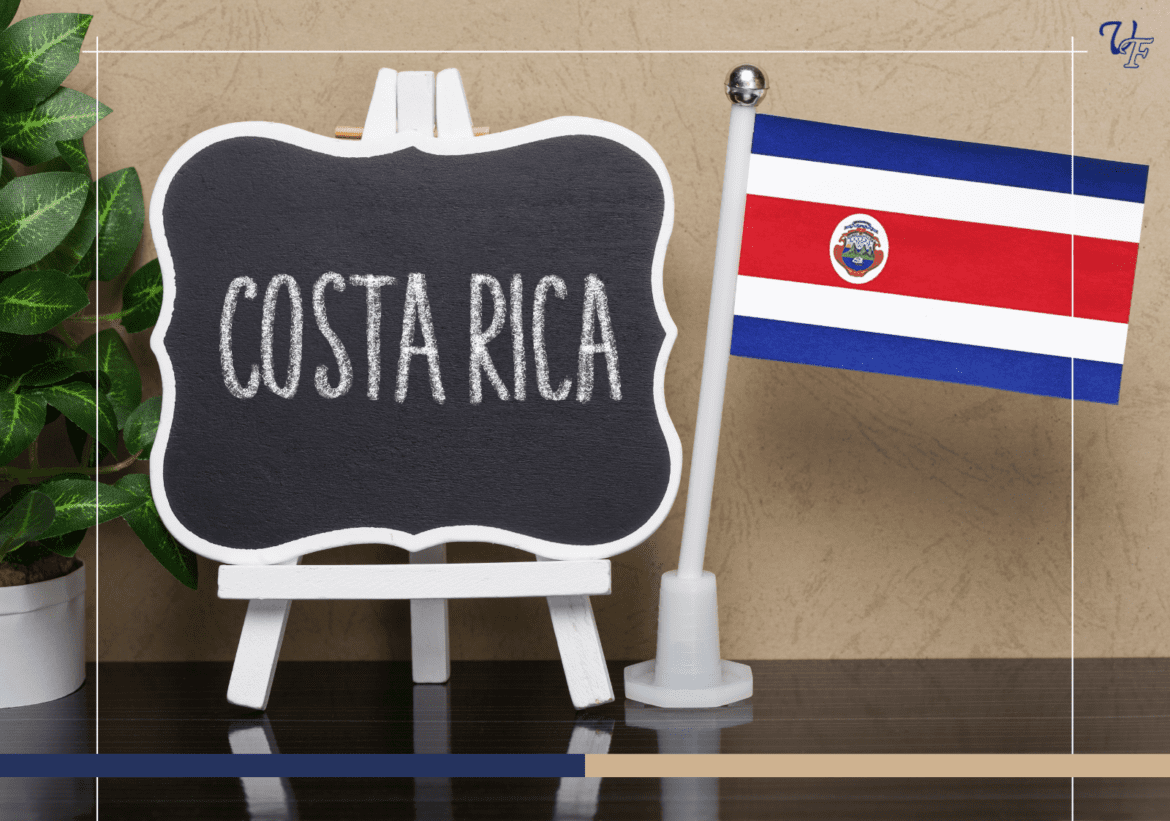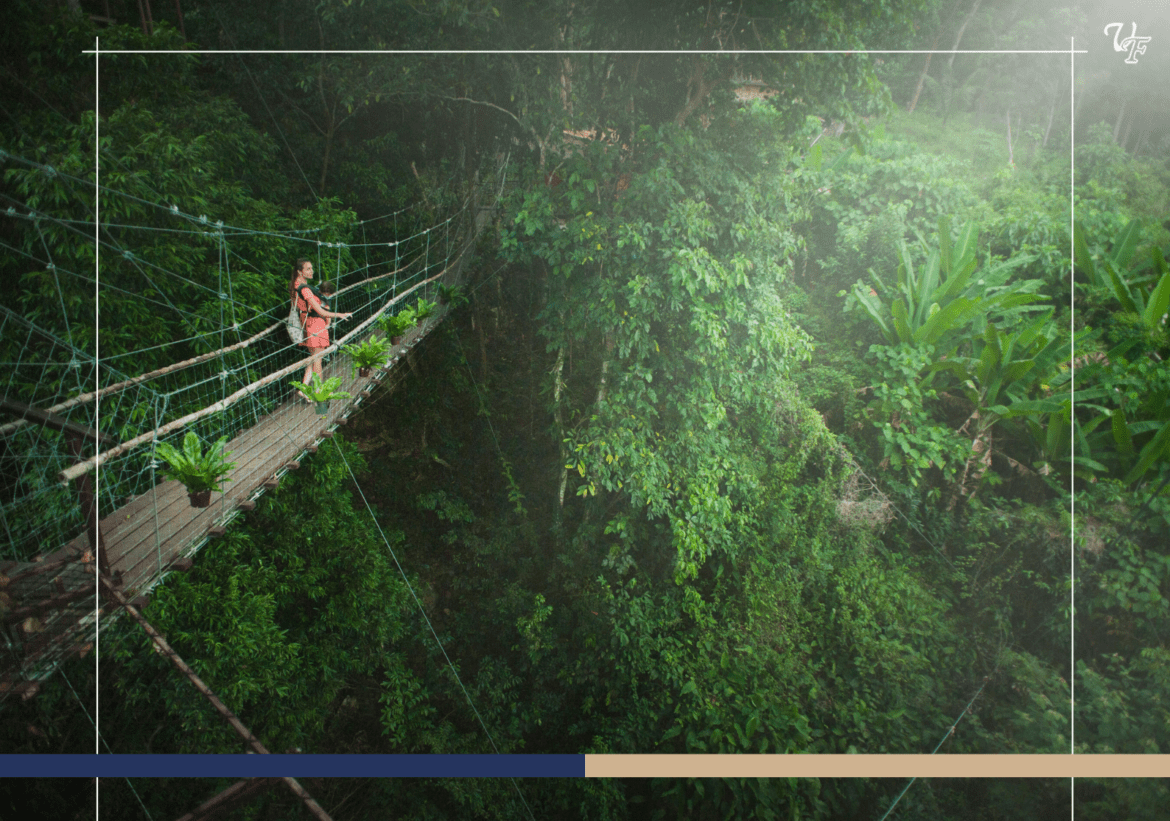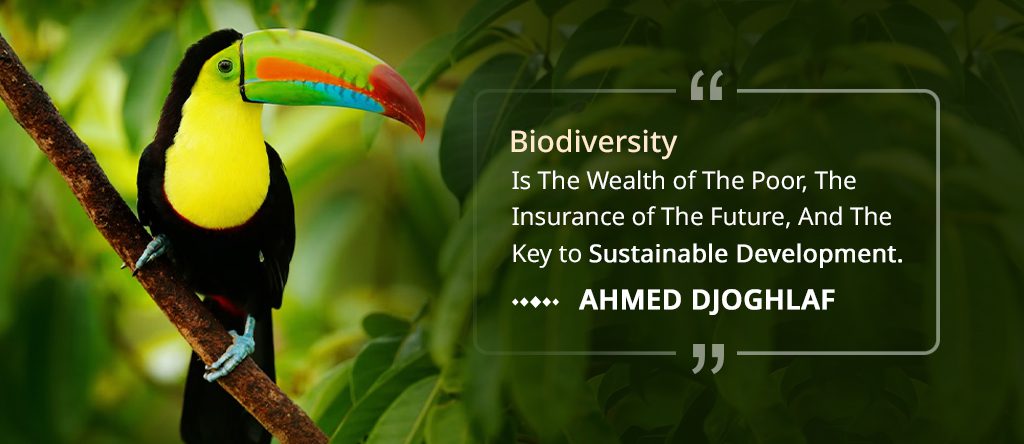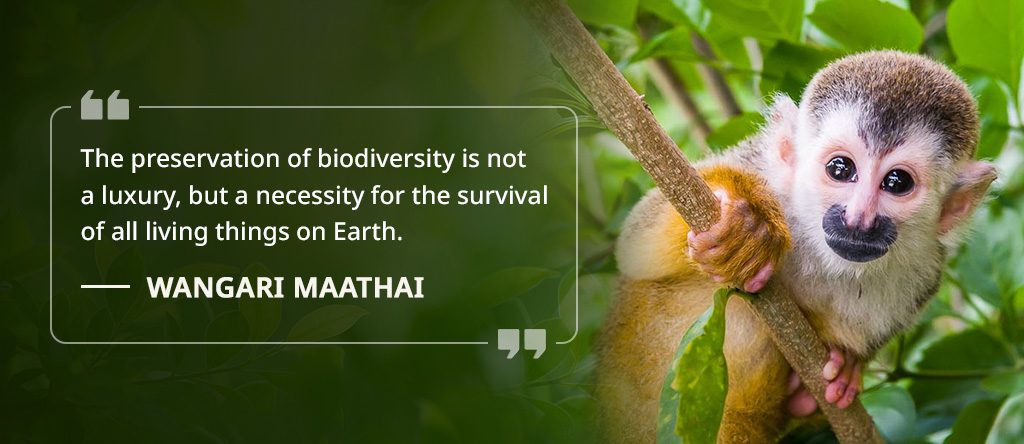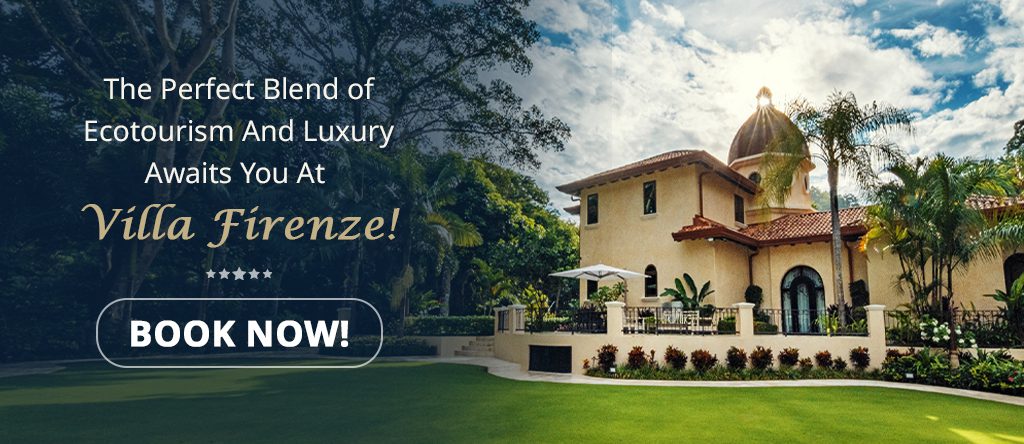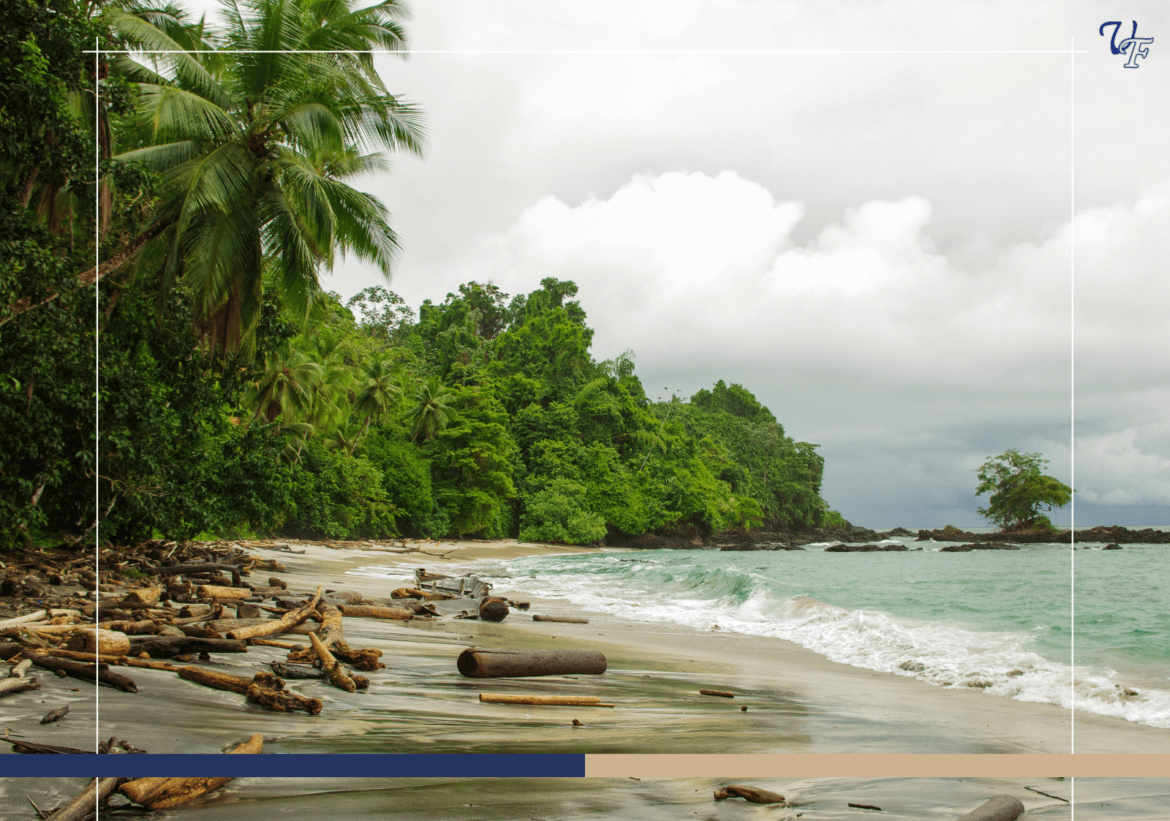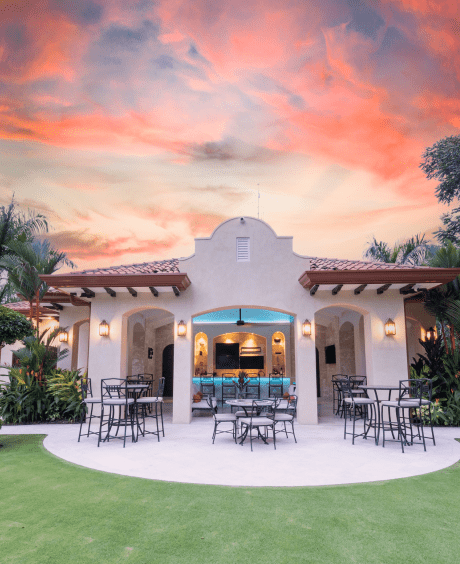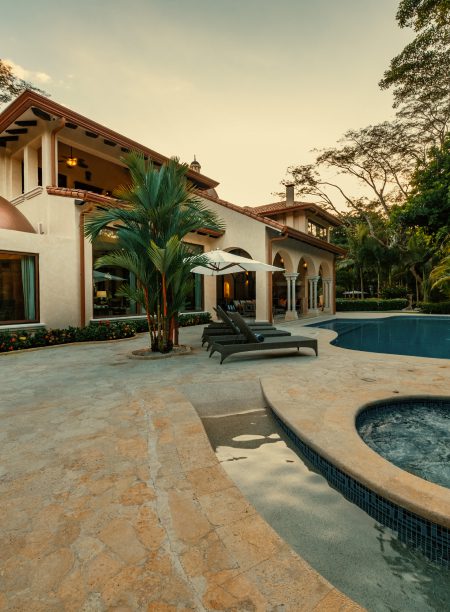Everyone who visits Costa Rica loves its beaches, but the country has much more to offer than just a tropical climate, beautiful sunsets, and eco-tourism. In 10,000 BC, indigenous people settled Costa Rica when they started living in fertile valleys in the shadow of rumbling volcanoes. The native cultures of Mesoamerica and South America came together in Costa Rica.
Costa Rican history is engaging, and you can read a brief history of Costa Rica here to know the moments you still need to discover.
Stats and Facts about Costa Rica
Here are some facts that will help you understand Costa Rica better.
| Official Name | Republic of Costa Rica República de Costa Rica |
| Capital | San José |
| Population | 5,199,671 (2022 updated) |
| Official Language | Spanish |
| Official Religion | Roman Catholicism |
| Total Area | 51,100 sq km (19,730 sq mi) |
About Costa Rica
Land
Costa Rica borders Nicaragua to the north, the Caribbean Sea to the northeast (along a 185-mile coastline), Panama to the southeast, and the Pacific Ocean to the southwest (a 630-mile coast). The Pacific and Caribbean are only about 75 miles apart at the country’s narrowest point.
Climate
The Pacific coast experiences alternate wet and dry seasons, and in contrast, the Caribbean’s northeasterly trade winds bring year-round precipitation to the east coast of Costa Rica. Its higher mountain ranges have warm temperate climates. The Pacific coast receives abundant rainfall during the wet season, typically lasting from May to October in the north and from April to December in the south.
Flora and Fauna
Broad-leaved evergreen forests containing tropical cedar and mahogany trees cover approximately one-third of Costa Rica’s land. Its lowlands are home to a wide variety of tropical birds, frogs, and reptiles like snakes and iguanas. Mammalian life here is widespread, abundant, and closely related to animal families across South and North America. Deer, wildcats, weasels, otters, coyotes, and foxes are found here, along with species of monkeys, anteaters, and sloths.
Ethnic Groups
In Central America, Costa Rica has the highest proportion of people of Spanish ancestry. We can say so because nearly four-fifths of the population of Costa Rica is of European descent. Mestizos, who comprise roughly one-fifth of the population and are people of mixed indigenous and European ancestry, form the next largest group. Some of the Costa Rican population is Chinese (descended from imported laborers). Indigenous people, also known as Indians, make up less than 1% of Costa Rica’s population today.
Languages
Spanish is spoken in Costa Rica and has a distinct national accent. The diminutive ending -ito, is replaced with -ico in Costa Rica, giving rise to the locals’ nickname, Ticos.
Religion
The official religion of Costa Rica is Roman Catholicism, funded by a small portion of the national budget. However, the 1949 constitution guarantees religious freedom.
The Discovery of Costa Rica
According to legend, Christopher Columbus discovered Costa Rica in 1502 when he landed on a small island near Limon. However, according to some other records, this is not true. In 1502, the lost Christopher Columbus made his way to Limon. Costa Rica was already a country at that time. Europeans were already present when Columbus discovered the country in 1502! In the hopes of finding gold in the mountains of this area, the colonists named it “Costa Rica,” which translates to “Rich Coast.”
The History of Banana Plantations in Costa Rica
In Costa Rica, the banana industry has been a vital component of the economy for over a century. Costa Rica exported millions of bananas before the turn of the 19th century. Early in the 20th century, banana trees spread across the landscape, with some plantations in Costa Rica visible for miles from the few roads that cut through the countryside.
There are currently about 130 nations that produce bananas, and of the top 20, Costa Rica ranks eighth in banana production. There are many banana plantations in Costa Rica, particularly along the Sixaola River region, Santa Clara, and Estrella Valley. Dole, Chiquita, and Del Monte are three companies currently controlling the production and export of bananas grown in Costa Rican plantations.
The History of Coffee Plantations in Costa Rica
Costa Rica was the first nation in Central America to produce coffee for commercial use, and it has experienced phenomenal success in this sector. Coffee plants were first brought to Costa Rica from Cuba in 1779, and the first commercial coffee harvest took place in 1808. The first coffee export was in 1820, just one year before Central America proclaimed its unification as an independent nation from Spain.
Costa Rican Independence
Achieving independence was one of the most significant moments in Costa Rica’s history. Unlike many of its neighbors, the Ticos accomplished this achievement without violence or revolution. Although it is undoubtedly challenging to believe, it does not imply that achieving this independence was simple. Ticos had to fight for their freedom twice! They overcame Spanish rule in the first round, and in the second round, they achieved complete independence within Central America.
Costa Rica and the Road to Democracy
Before achieving stability, the path to democracy for Costa Rica experienced a few more pitfalls. William Walker’s arrival in 1855 marked the beginning of the first. Most Ticos must have heard about the self-proclaimed 19th-century commander William Walker and his plans to convert Central America into a slave region.
During the arrival of William Walker, Juan Rafael Mora was the president of Costa Rica. He assembled an army of peasants to battle the armed opponent. Walker and his army invaded the Guanacaste province at what is now known as the Santa Rosa National Park, and the Costa Rican army chased the invaders into Rivas, Nicaragua.
Juan Santamaria, a young man, bravely burned the wooden fort where Walker and his army were hiding. After this act of bravery, the young Juan Santamaria was no less than a national hero. San Juan Santamaria International Airport is built in his honor as a sign of respect.
Later, in 1949, Costa Rica started investing in education, preserving its natural heritage, and making strategies to support the right of workers.
Wrapping Up
Visit Costa Rica to enjoy the sun, sand, and sea and immerse yourself in the fascinating culture of local people who are passionate about equality, freedom, and peace.


